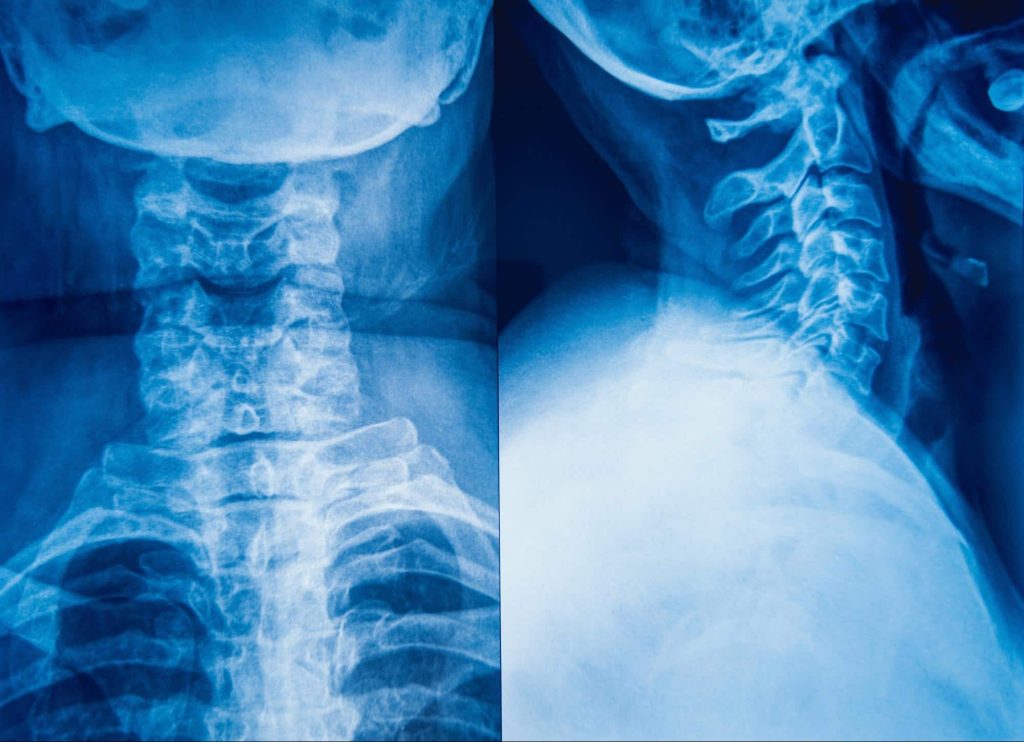Can Soft Tissue Damage Be Permanent?

Soft tissue damage such as sprains or contusions are common physical consequences of car accidents. These injuries might only include some bruising, but sometimes the force of a collision causes accident victims to suffer a complete tear of a ligament or tendon.
These injuries can lead to permanent soft tissue damage.
Essentially yes it is, because the body fixes a tear with scar tissue, which is not as strong or resilient as the healthy tissue fibers it replaces. This makes accident victims who suffer soft tissue injuries more prone to subsequent injuries.
If you recently suffered soft tissue injuries in an auto accident, chances are those injuries include at least some soft tissue injury.
Below, we take a deep dive into the topic of soft tissue injuries, what you can expect during the healing process, and the steps you may need to take if your soft tissue injuries put you at risk of permanent damage and that’s a good reason to consult a car accident attorney at The Bryant Law Center.
What are Soft Tissue Injuries?
The term “soft tissue” refers to structures in your body that are not internal organs or bones, and includes skin, muscles, ligaments, and tendons.
You can cause soft tissue injuries in an event like an automobile accident when the impact of the collision applies force to your body. Doctors refer to this force as acute trauma.
Some of these injuries are referred to as overuse injuries which can occur from repetitive action and damage happens more gradually.
Soft tissue injury caused by either acute injury or overuse can cause swelling, pain, bruising, and temporary or permanent damage to the affected joint or tissue.
“Whiplash” is the most common example of acute soft tissue injury resulting from a car accident, for example. It occurs when ligaments and the tendons in the neck, shoulders, and back violently stretch (and sometimes tear) because of the force of the impact.
Famed medical center Johns Hopkins classifies soft tissue injuries into the following groups:
Contusions

Blunt force to the body from an accident, a fall, or any other event cause contusions, which is the medical name for bruises.
The force causes tiny blood vessels called capillaries to break right below the skin’s surface, leading to discoloration.
In most cases, bruises go away on their own with proper rest and an ice pack. But if you experience bruising after an accident, you should still have a doctor attend to the injury. Serious bruises may indicate more injuries to your body than you can see with the naked eye.
Sprains
When an auto accident or other event wrenches or twists your body, you risk suffering one or more sprains.
A sprain refers to a partial tear of a ligament that occurs when the ligament is stretched beyond its normal range of motion. Ligaments are the fibrous bands of tissues that connect your bones and provide stability. People often suffer these injuries in their ankles, knees, hamstring, or wrists.
When this occurs in a car accident, victims often experience them in their necks and backs. If a ligament completely tears, surgical repair is often necessary to the injured area.
Strains

You can think of a strain the same way you think of a sprain with the same symptoms such as pain, swelling , loss of function, and muscle weakness. The difference between the two is that a strain is a partial tear of your muscle or a tendon.
Like sprains, a complete tear typically requires surgical repair and leads to scar tissue and long-term damage.
Tendinitis
One of the most common soft tissue injuries is tendinitis, which refers to the inflammation of a tendon. “Tennis elbow” or “golfer’s elbow” are common examples of tendonitis.
Acute traumas like traffic crashes can lead to tendinitis, but it’s not as common as other types of soft tissue injuries. Yet, severe accidents can cause someone to tear a tendon, which typically requires surgery.
Bursitis
Bursae are sacs of fluid that lie between bones and muscles or bones and tendons to provide a cushion.
Bursitis, which is the inflammation of one or more bursa, also typically occurs with overuse. Direct trauma to a joint during a traffic accident or other event can also cause bursitis.
Healing Process of Soft Tissue Injuries

Although the exact names and designations vary among experts, most agree that the healing process of soft tissue injuries occur in three phases:
- The inflammation (or “acute”) phase, which usually lasts up to a week and is the period most victims associate with the sharpest and most debilitating pain;
- The proliferation (or “subacute”) phase, which typically lasts two to three weeks, during which the soft tissue injury needs rest and (frequently) immobilization so that the body can repair the damage with connective tissue.
- Lastly, the remodeling phase, which can last months or even years, in which the body works to strengthen the injured tissue so that it can regain its functionality.
Many soft tissue injury victims do not realize that the body needs so much time to make the full journey through all three healing phases.
Too often, they make the mistake of thinking the entire “healing” process happens over the week or so of the inflammation phase, when the injury feels most painful. Then, by failing to give the tissue enough rest and rehabilitation, they risk further damage.
The fact is, soft tissue injuries need lots of time to heal properly.
When giving their bodies the chance to make a full recovery, victims often face significant disruption in their daily lives. Often, they need to cut back their work and recreational activities, which can lead to lost income and social isolation.
They also have to manage their health carefully by following up with their doctor, attending physical therapy, and monitoring their diet and exercise levels to balance healing on one hand, and the potential adverse effects of weight gain and muscle loss on the other.
Emotional strain and added expense only add to the difficulty of those health-management tasks coupled with the possibility of being unable to go to work during recovery.
Bottom line: the next time someone tells you “you’re ok, it’s just a strain,” think twice before taking their advice.
Soft tissue injury can be permanent if you do not give your body the extended time it needs to heal.
Instead of pushing yourself and risking further, lasting injury, seek help from an experienced attorney who can advise you on your rights to receive compensation for the costs and struggles that come with a long recovery.
When Soft Tissue Injury is Severe

Some acute traumas cause severe soft tissue injury.
In these cases, it’s even more crucial to seek immediate medical attention to avoid suffering long-term soft tissue damage. Severe soft tissue injuries can have permanent, and at-time catastrophic, consequences for victims.
Some indications you might have suffered severe soft tissue damage include:
- A ‘crack’ or ‘pop’ sound when the injury occurred
- Numbness or tingling at or near the site of your injury
- You cannot move your neck or back, or put any weight on limbs that were affected
- You feel severe pain at the site of injury
- The site of your injury looks funny or deformed, suggesting a complete tear of the soft tissue in the area
Soft tissue injuries that cause permanent damage can leave scars or cause disfigurement. In some cases, accident victims lose muscle function from damage to tendons or ligaments.
This long-term damage has unpleasant long-term consequences. Some victims can never return to work or to their previous level of physical activity, and might need ongoing treatment and care as a result of their permanent soft tissue damage.
Victims who have challenges from permanent damage often need continued physical and occupational therapy to learn how to cope with their injuries.
In the most severe situations, victims might need long-term nursing care or in-home care to help them with daily tasks such as personal grooming and eating.
Filing a Claim for Your Injuries
If you suffered as a result of someone else’s negligence, you shouldn’t have to shoulder the financial burden of treatment and recovery. You also deserve compensation for your pain and suffering.
A nationally-recognized law firm, the personal injury lawyers at The Bryant Law Center have the experience and resources to help you recover compensation for your soft tissue injury.
By filing a claim, you may have the ability to cover losses related to your injuries, such as medical treatment costs and lost wages for time away from work.
With years of experience in the settlement, negotiation, and litigation of personal injury cases involving serious injury, our team has recovered millions in damages and jury verdicts for our clients.
At The Bryant Law Center, we understand the struggles our clients face in the wake of a soft tissue injury. While they give themselves the full time they need to heal, our team gets to work pursuing the maximum compensation available for them under the law.
Contact The Bryant Law Center today online or at 270-908-0995 for a free consultation about your legal options after suffering a soft tissue injury.
